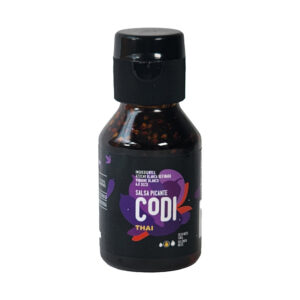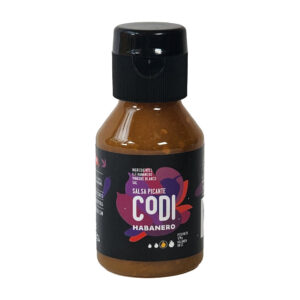YOUR SHOPPING CART
- No products in the cart.
Subtotal:
$0
MOST SOLD
$17,000
$17,000
$17,000

























